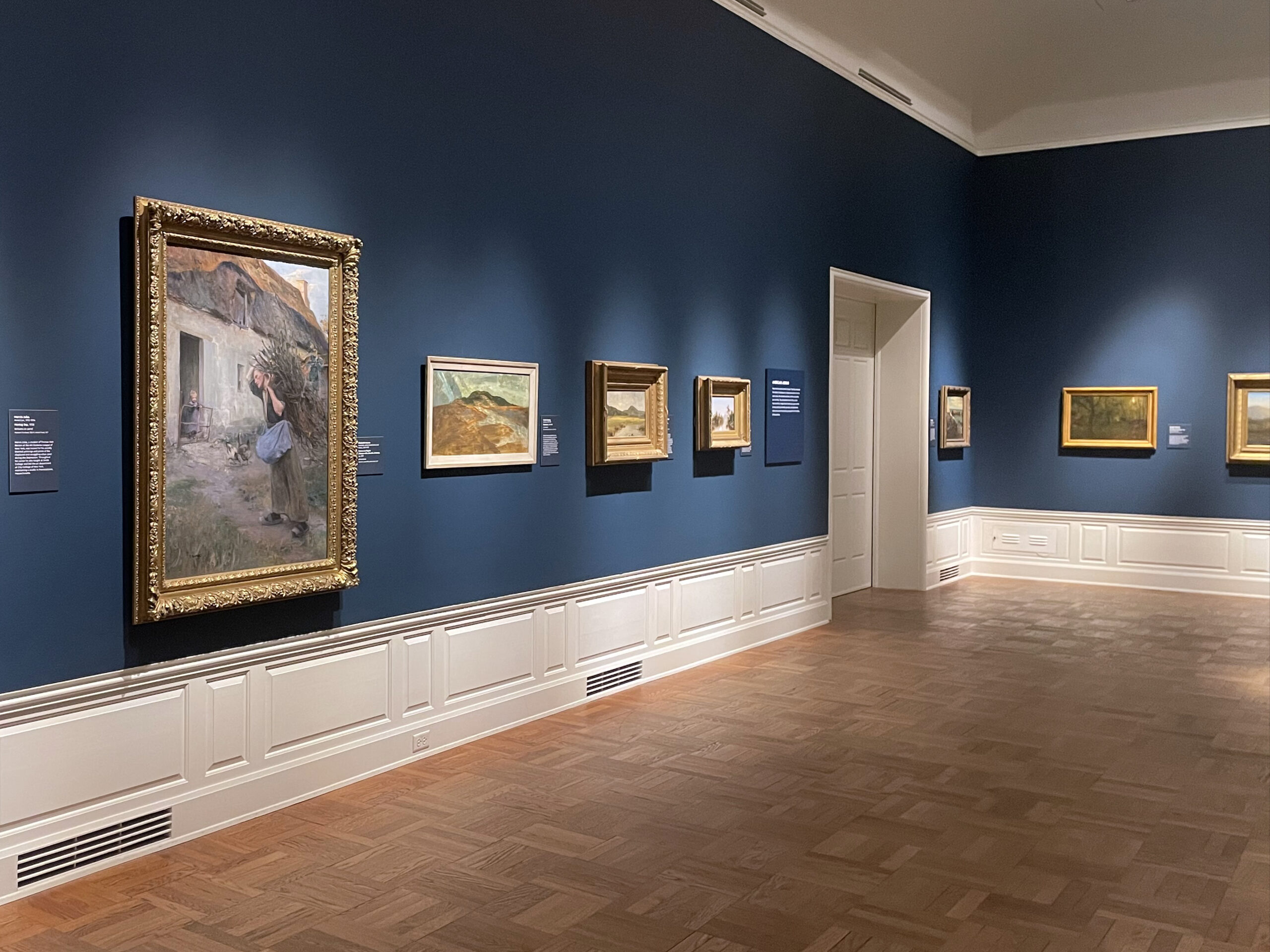
As our campus transformation progresses, visitors can look forward to the reopening of select permanent collection galleries located in the Main Building. When the Museum fully reopens in late 2025 all of the galleries will be newly reinstalled, offering fresh perspectives on the collection and enhanced art viewing experiences. Thank you for your patience as we build a better museum!
Conversations in Clay
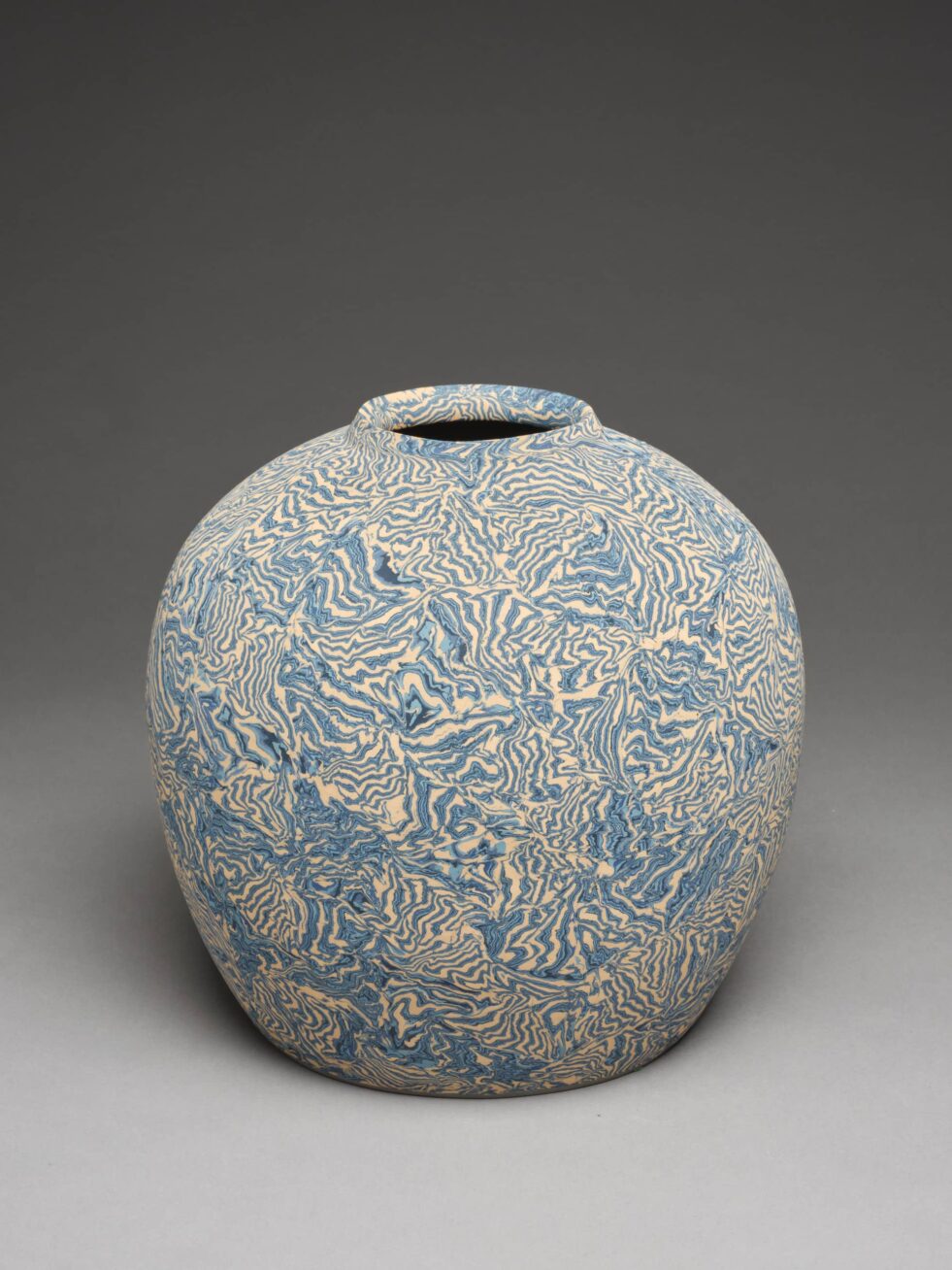
Conversations in Clay presents a glimpse of the diverse range of directions in contemporary ceramics in Japan. Emphasizing natural ash glazes, sculptural forms, and meticulous surface treatments, it explores the shared language linking potters in conversation. Several pioneering women artists are featured, including Kōyama Kiyoko (1936–2023), a trailblazing icon of wood-fired Shigaraki ware, Matsuda Yuriko (b. 1943), known for her irreverent polychrome porcelains, and Kishi Eiko (b. 1948), famed for her laborious, colored clay inlays and geometric forms. The exhibition brings together new acquisitions, most on view for the first time, alongside works loaned from one of the premier private collections in North America.
American Land
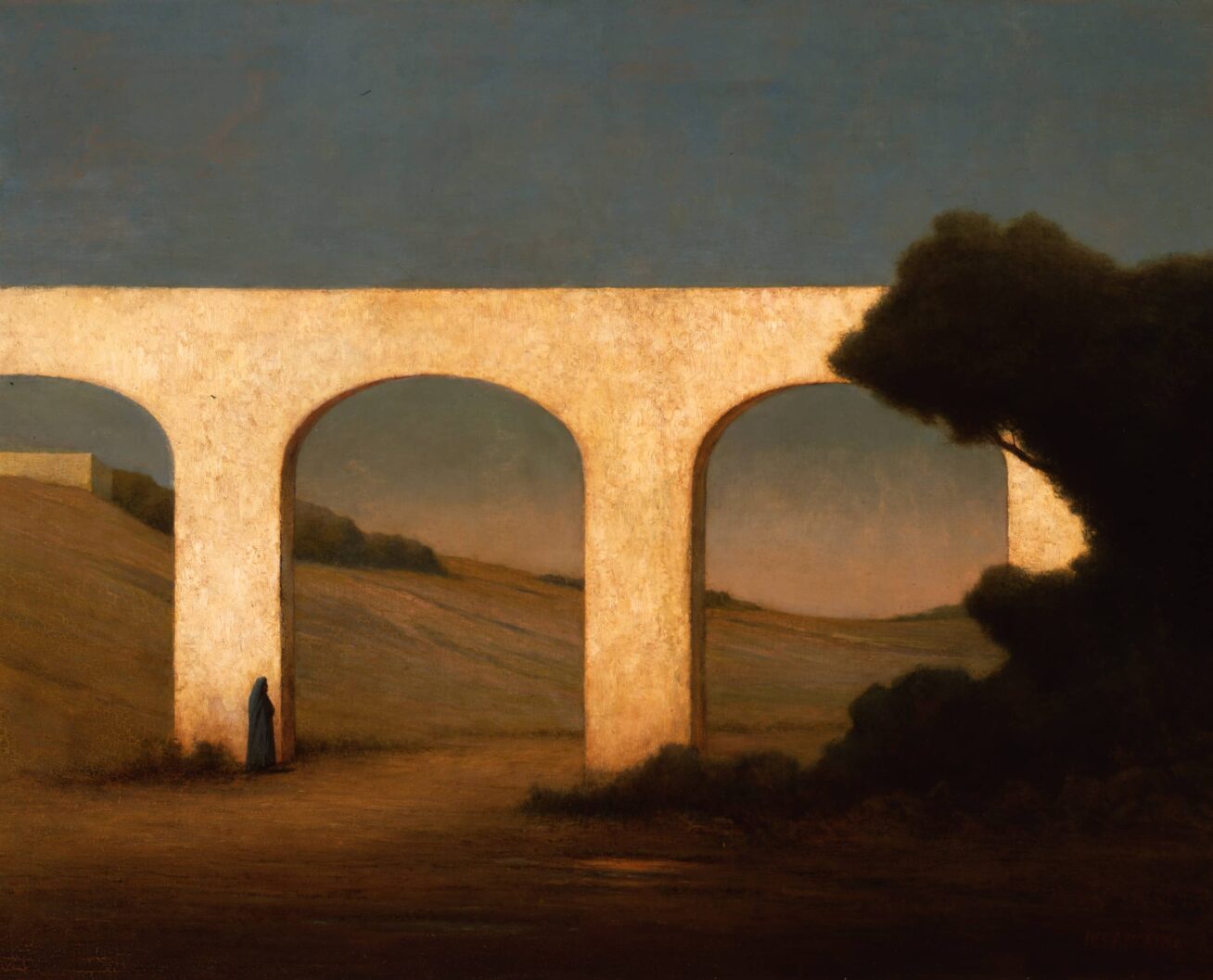
Landscape painting has always had a unique place in the history of American Art. Earlier settlers and colonists especially celebrated the American landscape – one that has been shaped by the stewardship of Native peoples through the ages. For many Europeans, however, civilization, cities, and the memory of Greece and Rome were key ways of understanding the world, and the presence of Native people in the American landscape was largely dismissed. The American landscape paintings in the museum’s collection capture the full breadth of the country’s history and relationship to land from the settler’s point of view, ranging from the earliest Hudson Valley painters, to the works of Americans abroad and the urban landscape.
Since long before colonists arrived, Native people have continued to live in communion with these same lands despite their violent displacement through the forces of colonization. This gallery includes contemporaneous works of Native art that reflect their connection to the natural world and also demonstrate how Native artists transformed what they gained through global trade into their aesthetic systems.
Highest Heaven
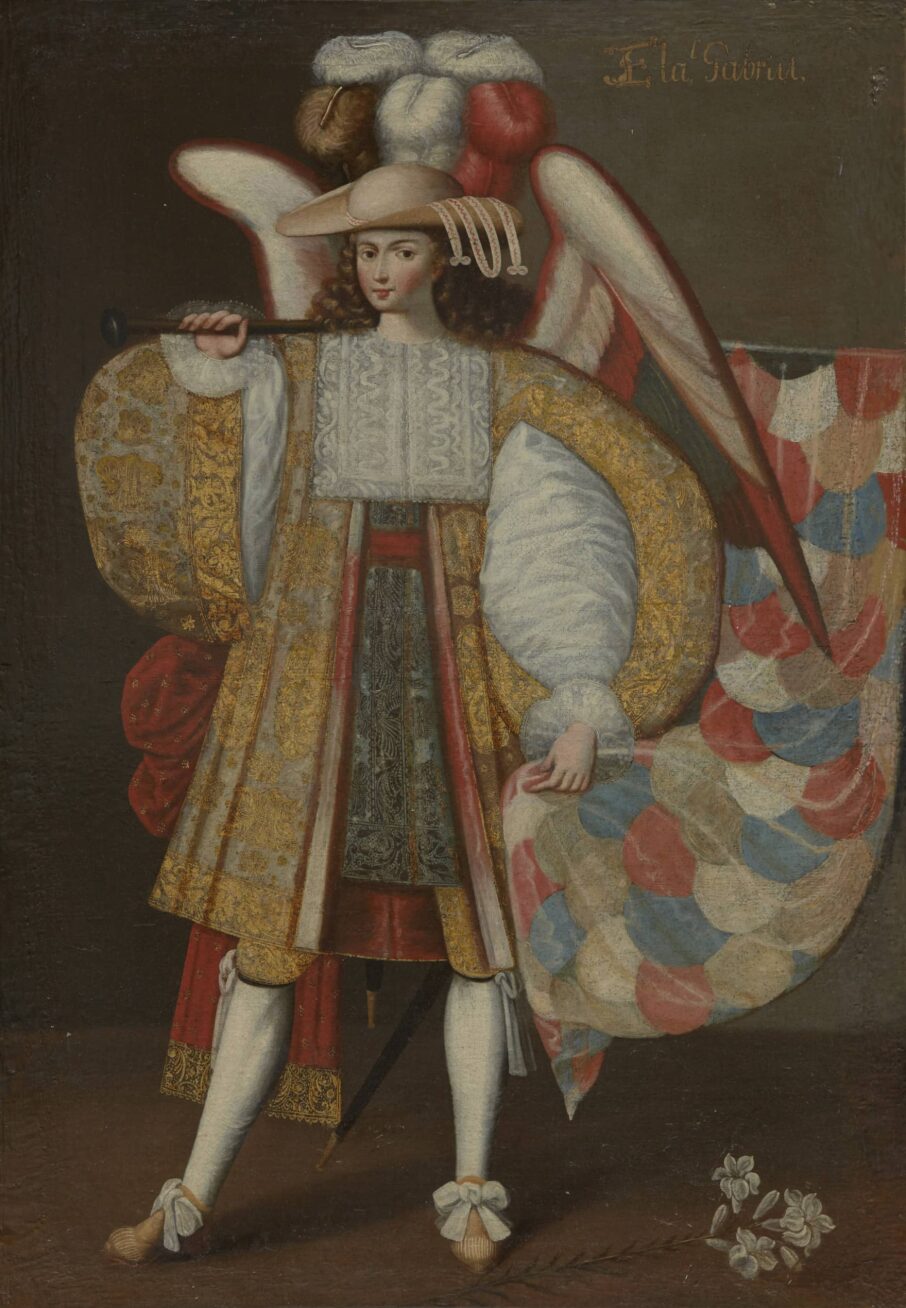
The glorious saints and archangels in this gallery were made in the Americas but far from the United States. Elvin A. Duerst’s gift of works from the Spanish viceregal or colonial period in Central and South America from 1521 until the revolutions led by Simon Bolivar liberated these areas from Spanish control in 1821. Oregon-born and educated Duerst was an American foreign aid worker who spent years in Central and South America where he assembled much of his collection. This art represents a tradition rarely present in US museums but familiar to millions from Peru, Chile, Bolivia, Ecuador, Guatemala, and Mexico. The violent conquest of the Americas by Iberian powers, beginning in the sixteenth century, did not displace the peoples of the Incan and Aztec empires. Artists and artisans applied their advanced skills to the new religion of Christianity, producing an iconography and style completely new and reflective of their ancient cultures. The Duerst gift is shown here along with other examples of Ibero-American art of that period, as well as examples of pre-contact works in ceramic, textiles.
Facing Ourselves
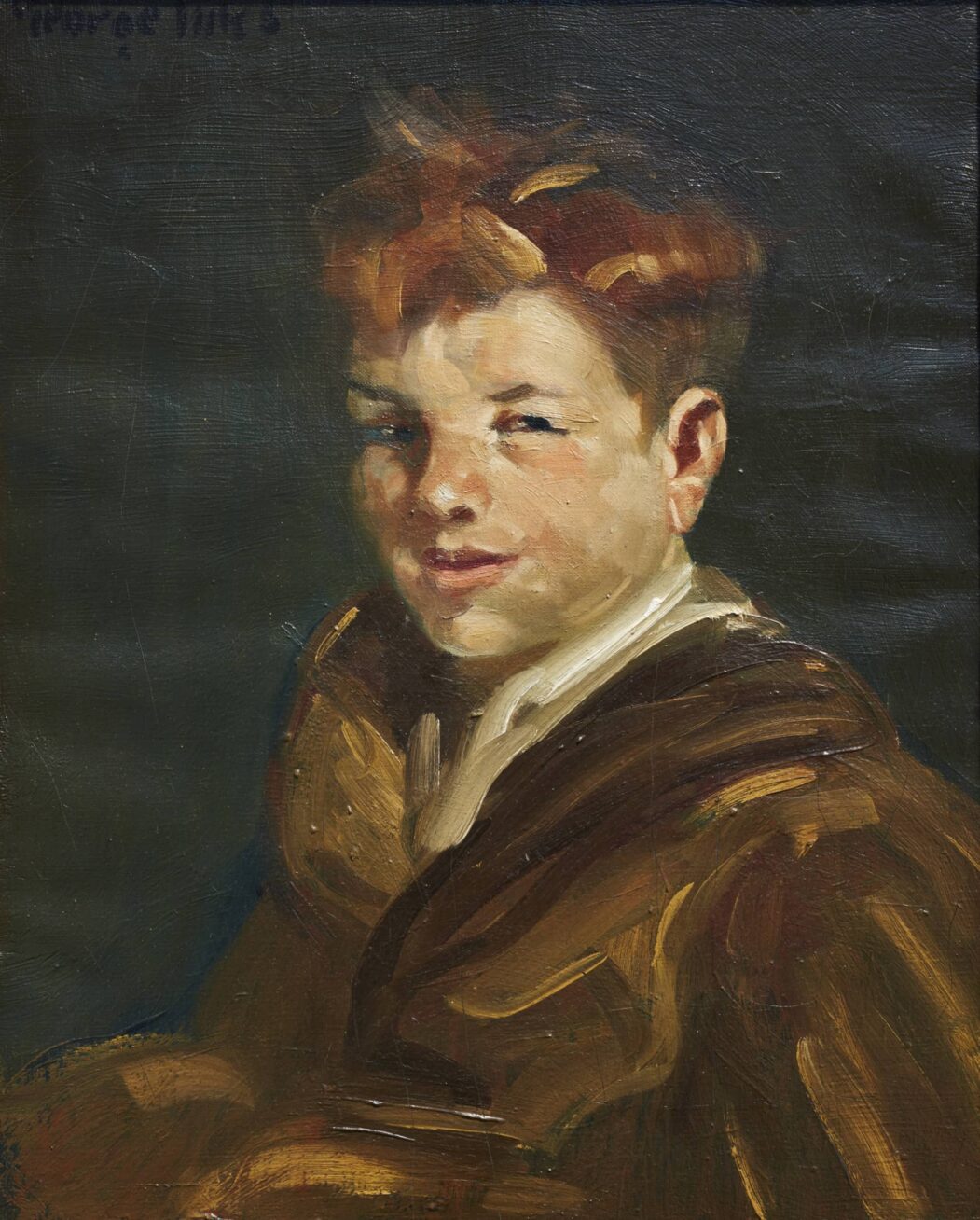
Portraiture is about truth and honesty, both in how we choose to have ourselves portrayed and in how artists present their subjects. During the Renaissance, portraiture was tied to humanism, which values the individual. Artists sought to recover the art of portraiture known from Greek and Roman antiquities. We all like to embellish, however, and the Roman examples in this survey of the Museum’s European and American portraits are stylized and simplified. Maybe all portraits are about relationships and the intensity of the encounter between artist and subject. Not every portrait is a picture, however.
This gallery features European and American art in photography, painting and sculpture. It includes epitaph inscription slabs from ancient Roman tombs, a coat of arms, and a reliquary. The works in this gallery represent the diversity of our community as well as of our collection, and span thousands of years, and many continents and are done in many styles. They also challenge our idea of what we understand by Europe – proud Syrian Romans in togas, for example, speak to us from their tombstones, in Aramaic.
Global Impressionism
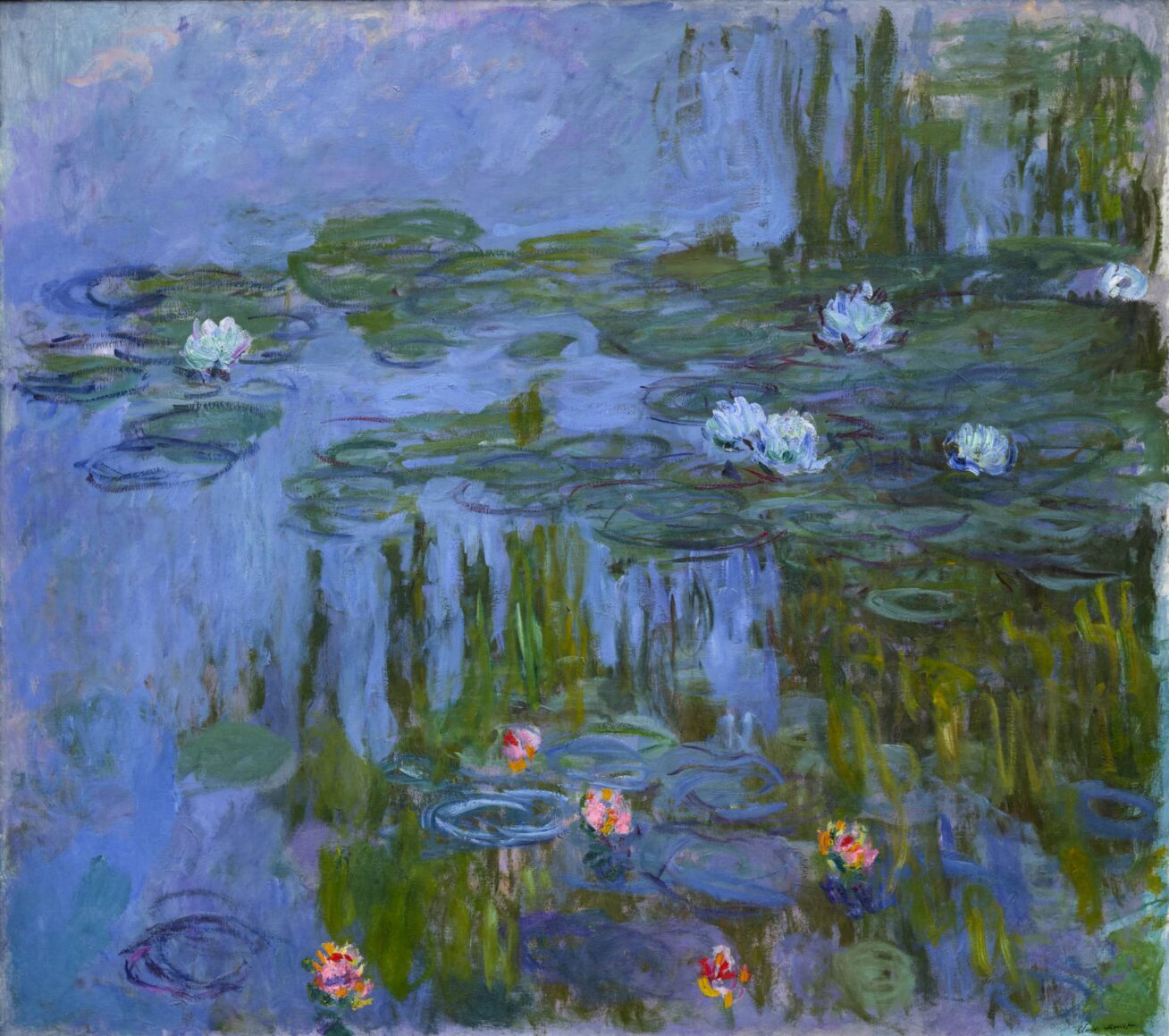
In 1874, a group of French artists organized the first exhibition of sketch-like avant-garde paintings at a private gallery in Paris. Critics gave them the unflattering label “Impressionist” because of their sketchlike works, but the artists embraced the terms and exhibited under this name for another seven shows. Their use of broken strokes of often pure color, is often seen as typically French but in fact became a global phenomenon. This gallery celebrates this long-lasting movement and its impact, all the way to Portland. Impressionists focused on what their champion, the influential critic Charles Baudelaire, identified as modern life, and painted scenes of the harbor and coast, industry, city life, and nature.They embraced the workings of a bustling modern city as well as the rural landscape, alert to the patterns or forms of constant change they could capture with their brushes.